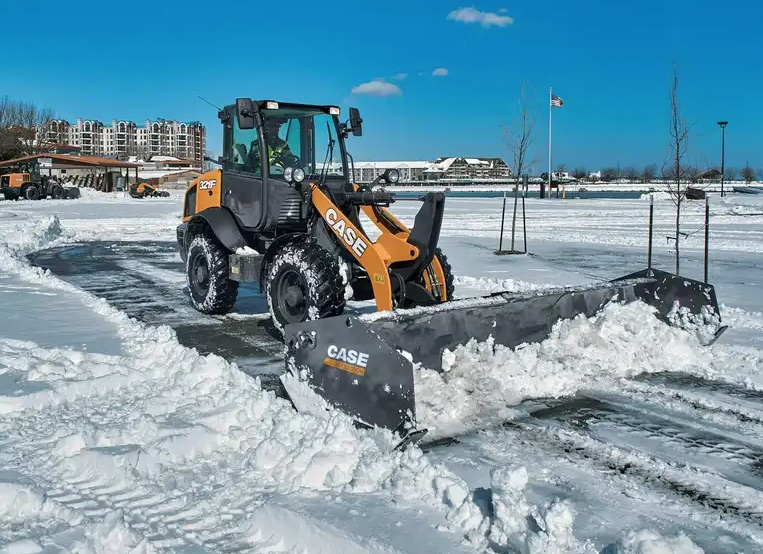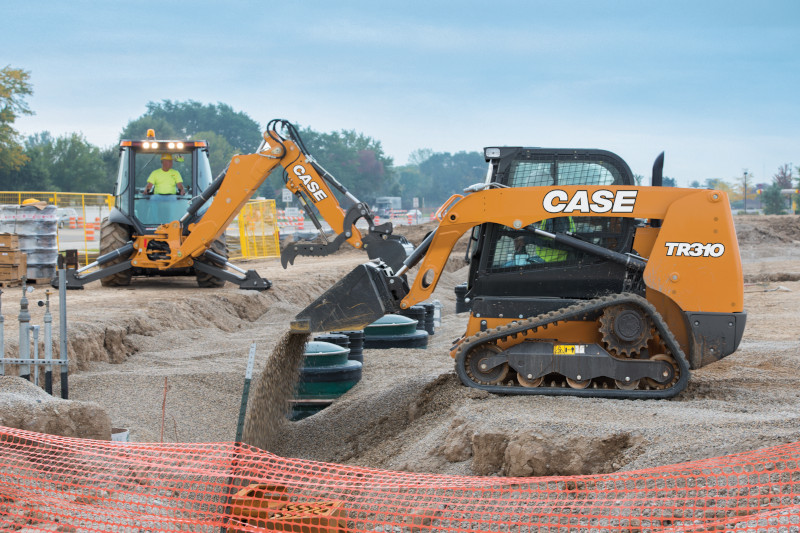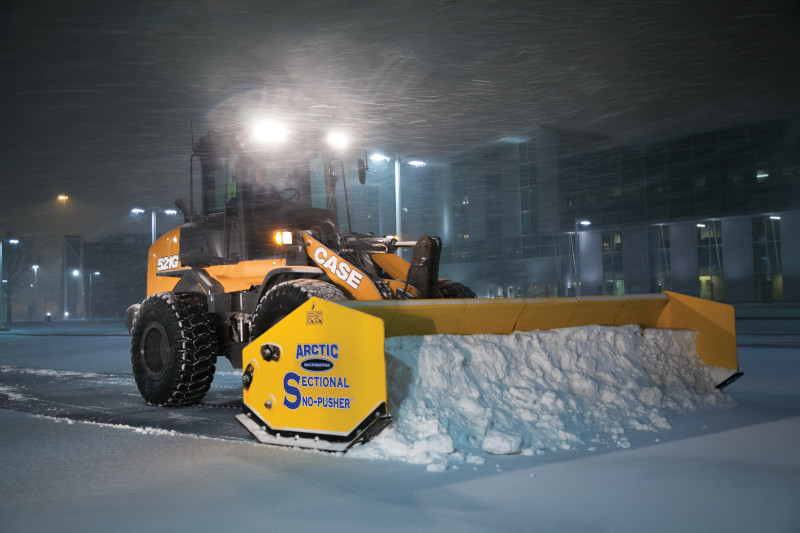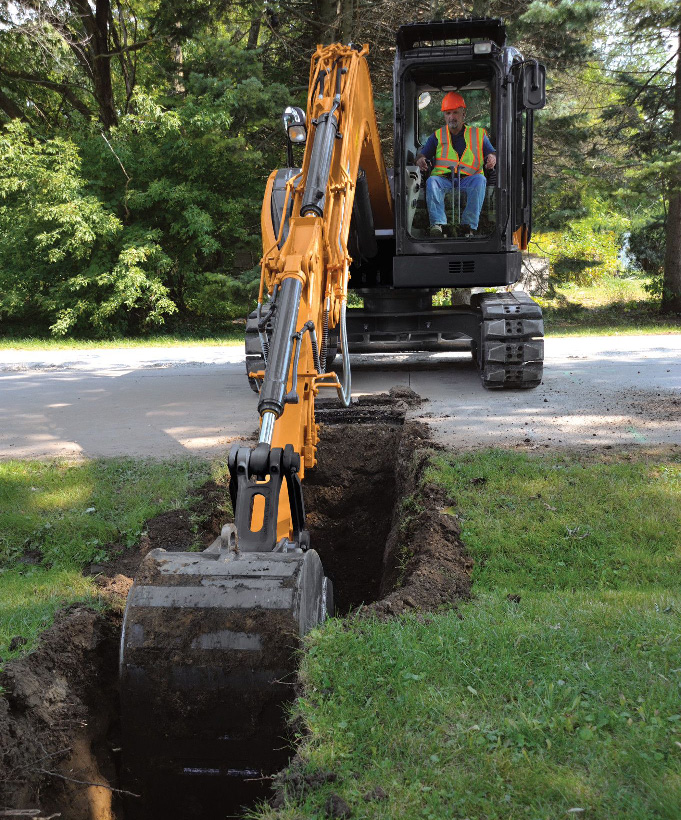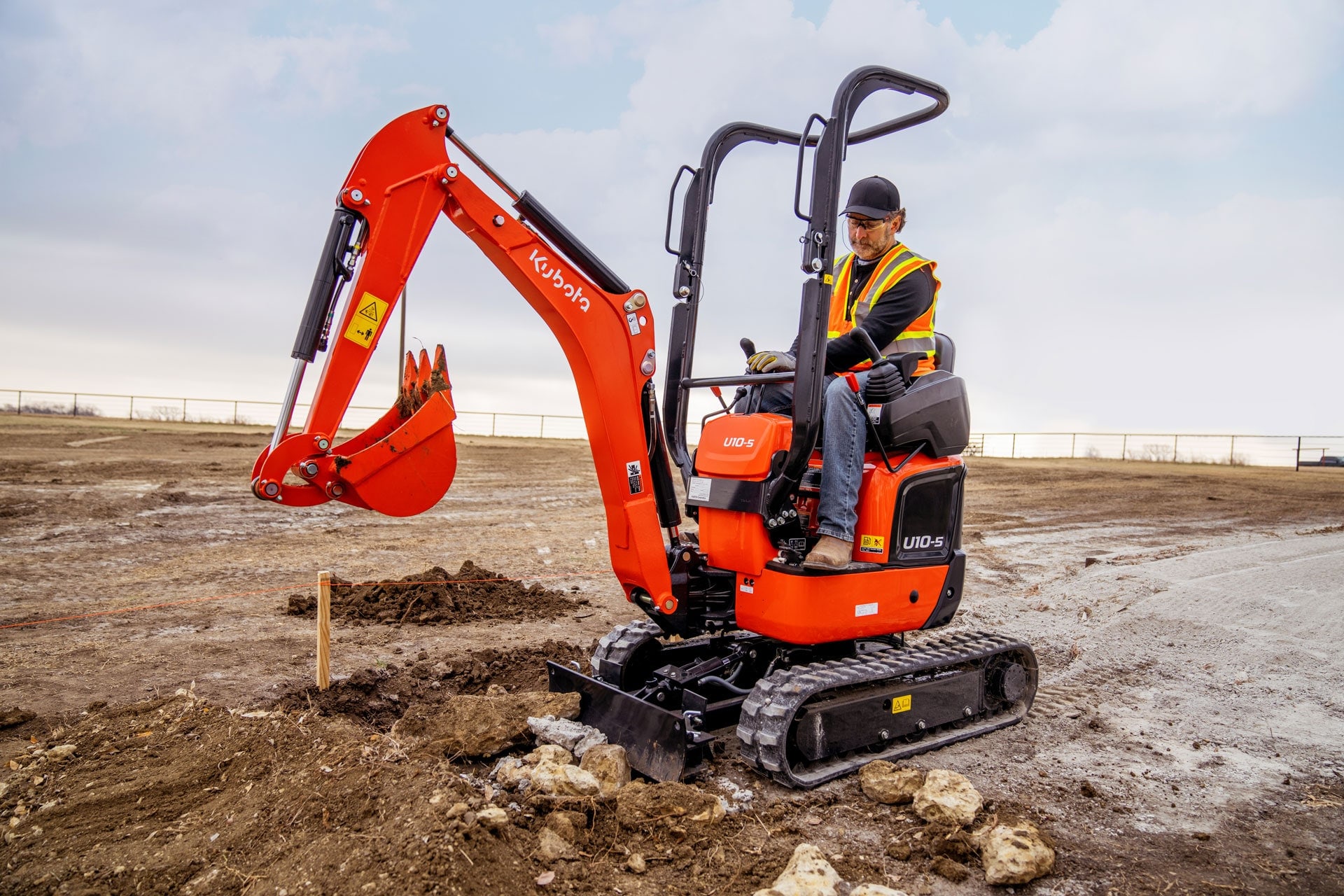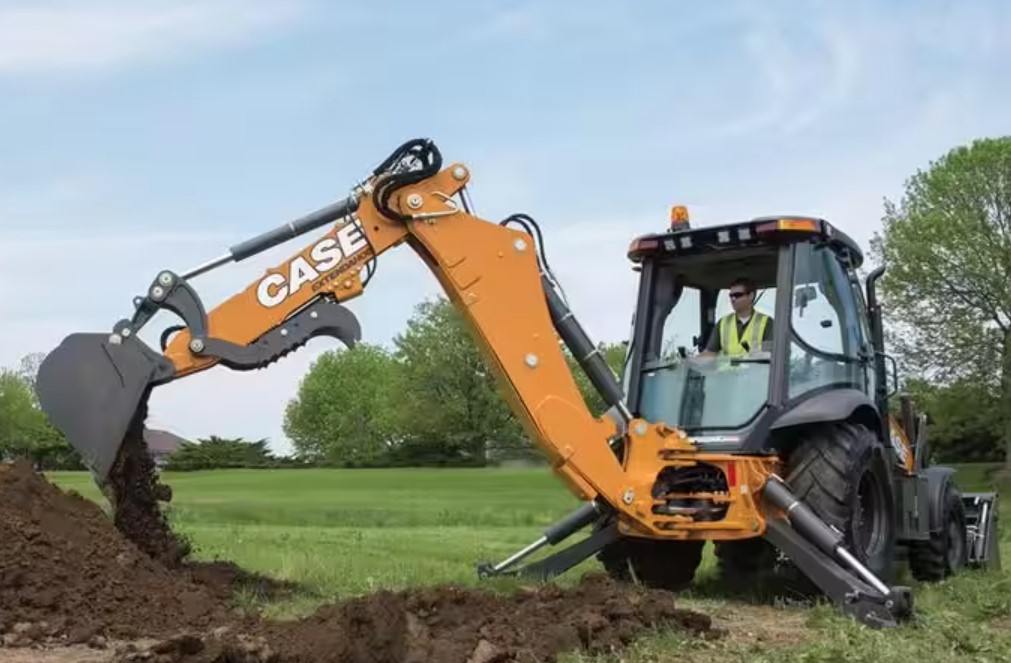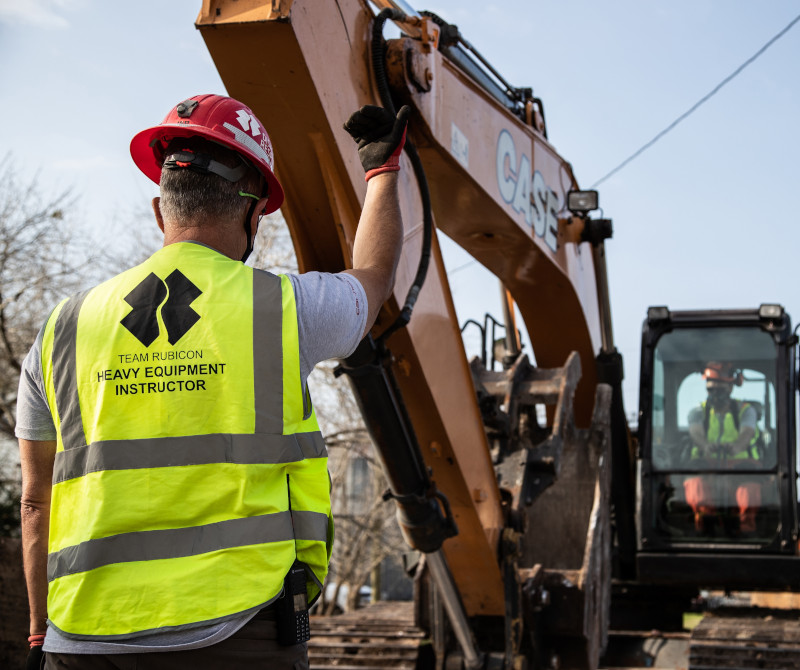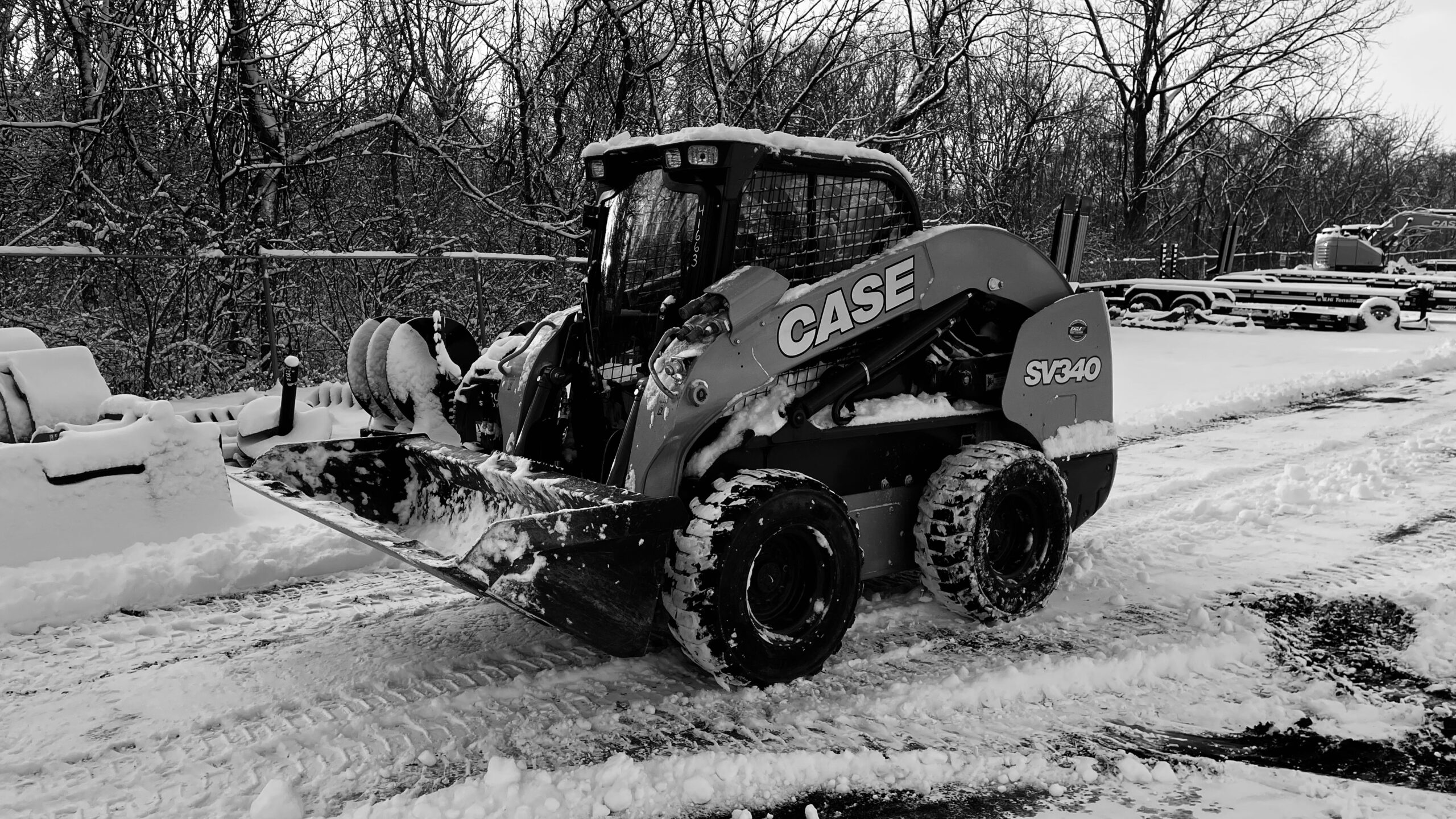Blog
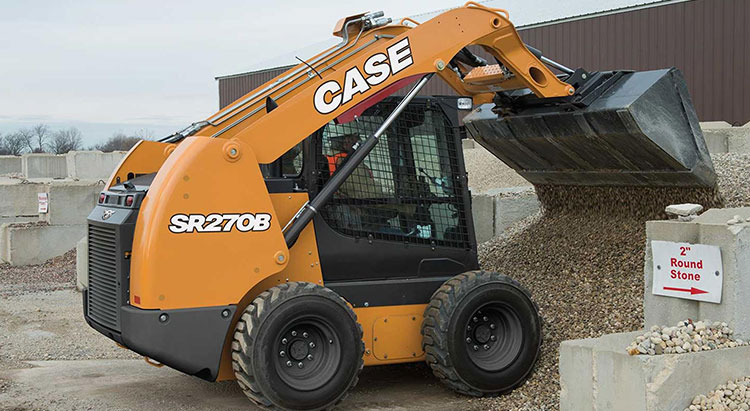
How To Get The Most Out Of Your Skid Steer Loader
April 30, 2023Your team requires the best-outfitted equipment on their job sites to get the job done as quickly and efficiently as possible. Anyone who works in construction and manages job sites will tell you how important it is to have equipment that performs efficiently. A skid steer loader is an expensive but highly useful piece of machinery, with a huge number of potential uses and jobs it can do. If you own a skid steer loader, you want to make sure you’re getting the most out of it.
To get the most out of your skid steer loader, make sure to properly maintain it by checking fluid levels, inspecting filters and belts, and keeping the machine clean. Additionally, choose the right attachment for the job and operate the machine at the correct speed.
In this article, you’ll learn more about the importance of maintenance and choosing the right attachment and a few helpful tips to help you get the most out of your skid steer loader. Whether you’re a seasoned operator or new to the machine, these tips will help you work more efficiently and get the job done right.
Proper Maintenance
Proper maintenance is crucial for getting the most out of your skid steer loader. Neglecting regular maintenance can result in costly repairs and downtime. To ensure your machine performs efficiently, check fluid levels regularly, inspect filters and belts, and keep the machine clean. Performing routine maintenance will help you catch any potential issues early on and avoid breakdowns.
When checking fluid levels, be sure to follow the manufacturer’s recommendations. Inspect filters and belts for damage or wear and replace them as needed. A clean machine not only looks better but also performs better, so make sure to keep the exterior and interior of the machine clean.
By taking care of your skid steer loader, you’ll be able to work more efficiently and avoid costly downtime. It’s a small investment of time and money that will pay off in the long run.
Using the Right Attachments
Choosing the right attachment for your skid steer loader is key to getting the most out of your machine. The right attachment can make your machine more versatile and allow you to tackle a wider range of tasks. When choosing an attachment, consider the job you’ll be doing, the material you’ll be working with, and the terrain you’ll be working on.
There are many different attachments available for skid steer loaders, including buckets, forks, augers, and trenchers. Each attachment is designed for a specific task, so it’s important to choose the right one for your job. For example, if you’re working with loose material like gravel or dirt, a bucket attachment is likely the best choice. If you’re working with pallets or other materials that need to be lifted, forks are a better option.
By choosing the right attachment for the job, you’ll be able to work more efficiently and get the job done right the first time.
What Other Tips Can Help Me Get the Most Out of My Skid Steer Loader?
In addition to proper maintenance and choosing the right attachment, a few other tips can help you get the most out of your skid steer loader.
Speed
First, make sure to operate the machine at the correct speed. Driving too fast can be dangerous and cause excessive wear and tear on the machine. Conversely, driving too slowly can result in decreased productivity.
Operator Expertise
Make sure to get proper training on the machine. Skid steer loaders can be dangerous if not operated properly, so make sure you know how to use the device safely and effectively.
Daily Safety Checks
The condition and maintenance of the machine influence multiple aspects of your skid steer loader’s overall performance. Keeping the steer skid loader in good condition requires daily safety checks before operating the machine to ensure everything is in proper working order. Take the time to inspect the machine for visible damage and signs of increased wear and tear so you can know when repairs or maintenance are due.
Check Your Tire Pressure
As with any wheeled vehicle, tire pressure is important in maximizing the machine’s mobility, enabling your skid steer loader to function at its peak efficiency. Skid steer loaders with poorly inflated tires can be unstable and see significant damage down the road. Over-inflated tires can also have negative effects, unbalancing the vehicle in a very uncomfortable way, so be sure to always check your tire pressure before operating the machine.
Watch Where You’re Driving
While skid steer loaders are built to handle rugged and uneven terrain, it’s important to be mindful of where you operate your machine. Skid steer loaders are ideal for construction sites and digging operations, but they are not designed for prolonged use on paved surfaces such as concrete roads. The longevity of your machine will depend on the type of surface you operate on, so it’s important to avoid unnecessary wear and tear by being mindful of where you steer your skid steer loader.
Have the Proper Sized Attachments
If you operate a skid steer loader that uses attachments, you want to ensure each attachment is the proper size. It should come as no surprise that that a loader intended only to handle lightweight objects shouldn’t be transporting overweight loads. This can lead to potential tipping, plus additional wear and tear to your loader’s lift arm.
Inspect the Engine
Your loader’s engine does a lot of heavy lifting based on the size of the loads and how much stress you put on your machine. With heavy workloads for this type of construction equipment, you want to ensure your engine is in good condition.
Before starting your skid steer wheel loader, open the engine compartment, and check for dirt and other debris that may have gotten in that can cause damage and interruptions to your engine. Once done there, check the air filters, exhaust fans, and other visible engine bits for signs of damage.
Double Check Your Fluid Level
Keeping your engine in good working condition also involves inspecting fluid levels. Before operating your machine, it is important to verify that the engine oil, hydraulic fluid, and coolant levels are appropriate to ensure proper performance. Proper fluid levels help protect your compact excavator from increased wear, tear, and potential heat damage.
Store Your Skid Steer Loader in a Protected Area
Your skid steer is a significant investment that you want to get the most out of. That starts with making sure that whenever possible, you store your machine in a protected area. When skid steers are left out and exposed to the elements, they can be subject to damage and expensive repairs down the road. Extreme temperature changes, like those commonly found throughout the winter, can lead to faster equipment degradation.
Create Good Habits
Instilling good habits into your team is the best way to ensure your skid steer loaders are ready for anything. Anyone operating the machine should know what they need to look out for during their routine maintenance checks. You want to ensure that everyone is working together to ensure your machines work to the best of their ability.
In conclusion, now that you know how to get the most out of your skid steer loader, you should regularly maintain and inspect your equipment to ensure it functions optimally. By following the tips and tricks outlined in this article, you can extend the lifespan of your skid steer loader and avoid costly repairs or downtime. Always prioritize safety on the job site and adhere to manufacturer recommendations for operation and maintenance. By doing so, you can maximize the efficiency and productivity of your skid steer loader and get the most out of your investment.
Need the very best quality construction machinery for your next project? Contact us today and see why Eagle Power & Equipment is your go-to option for construction gear sales, rentals, service, and repairs!

